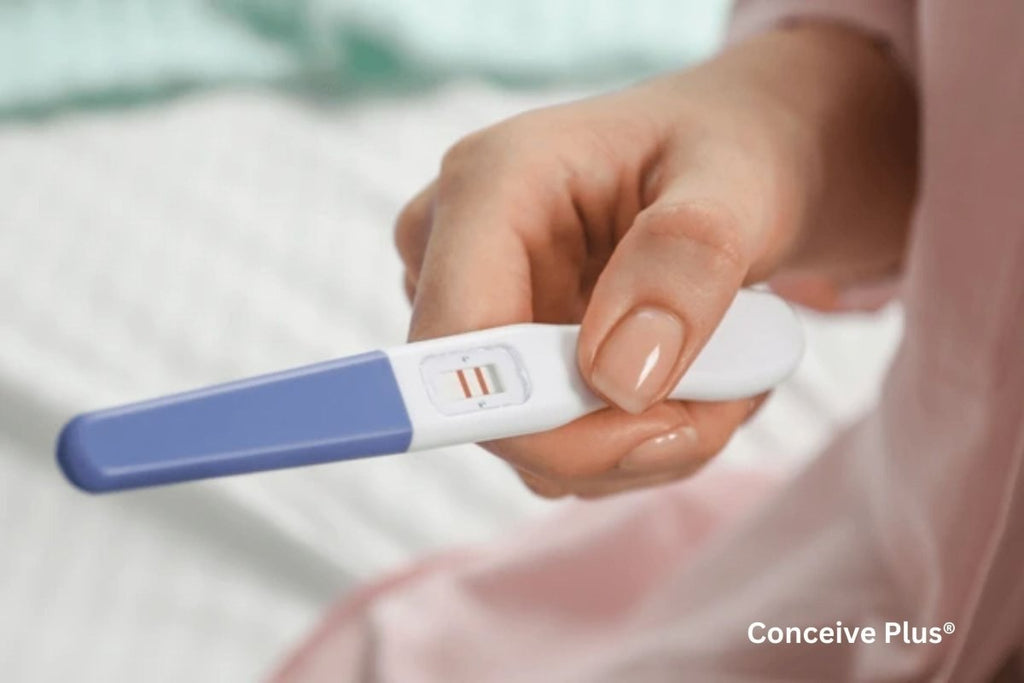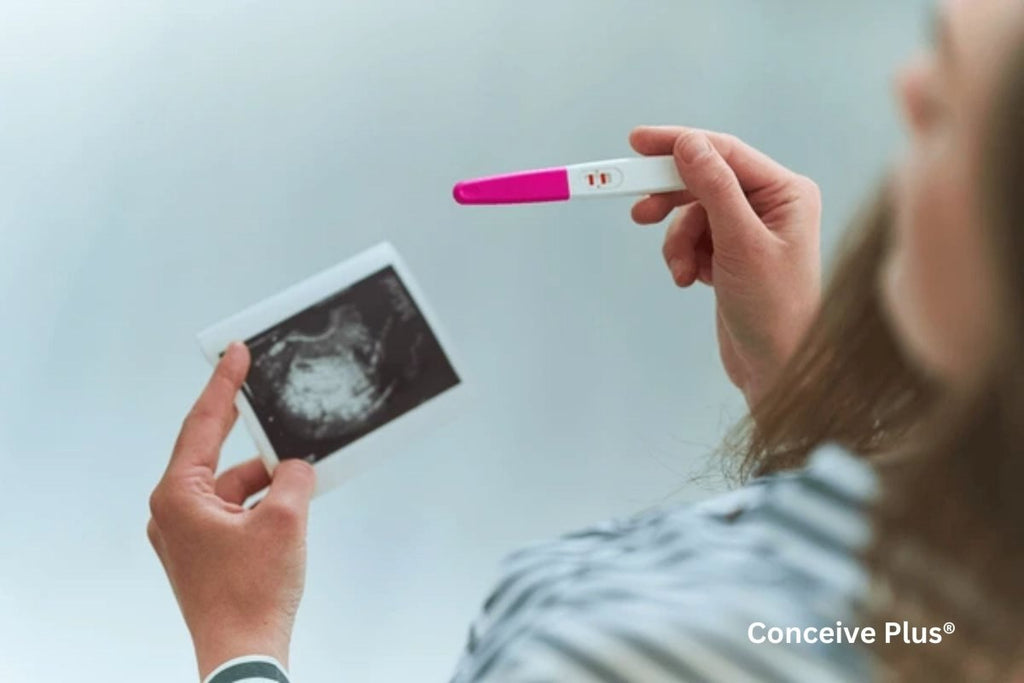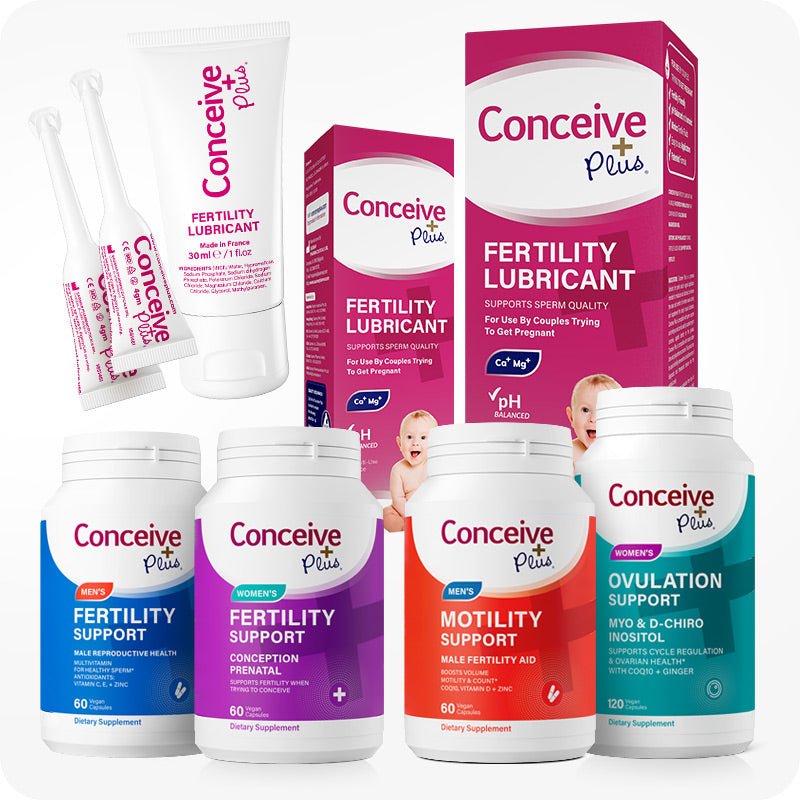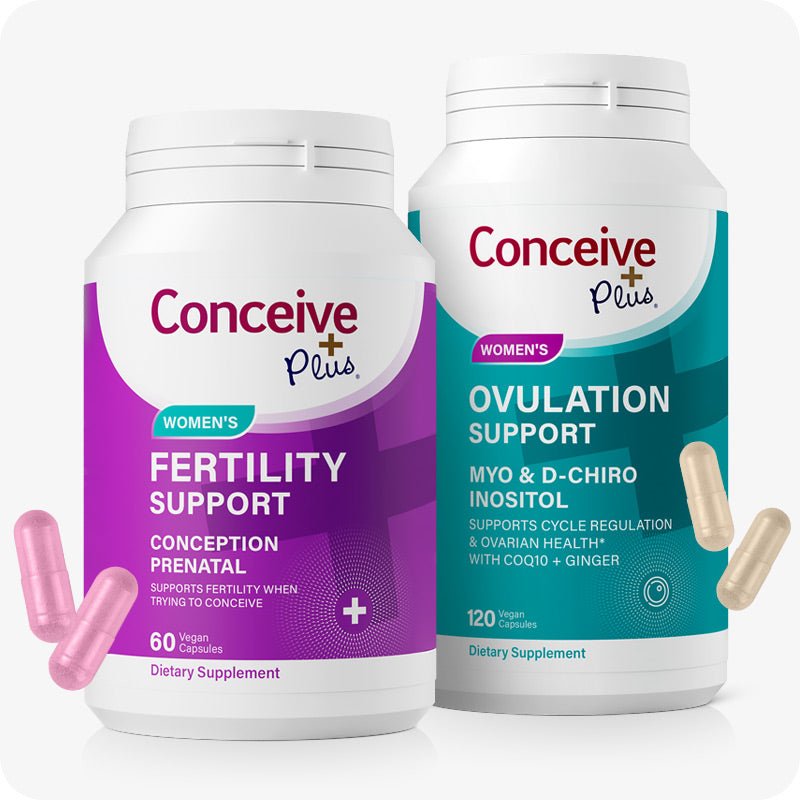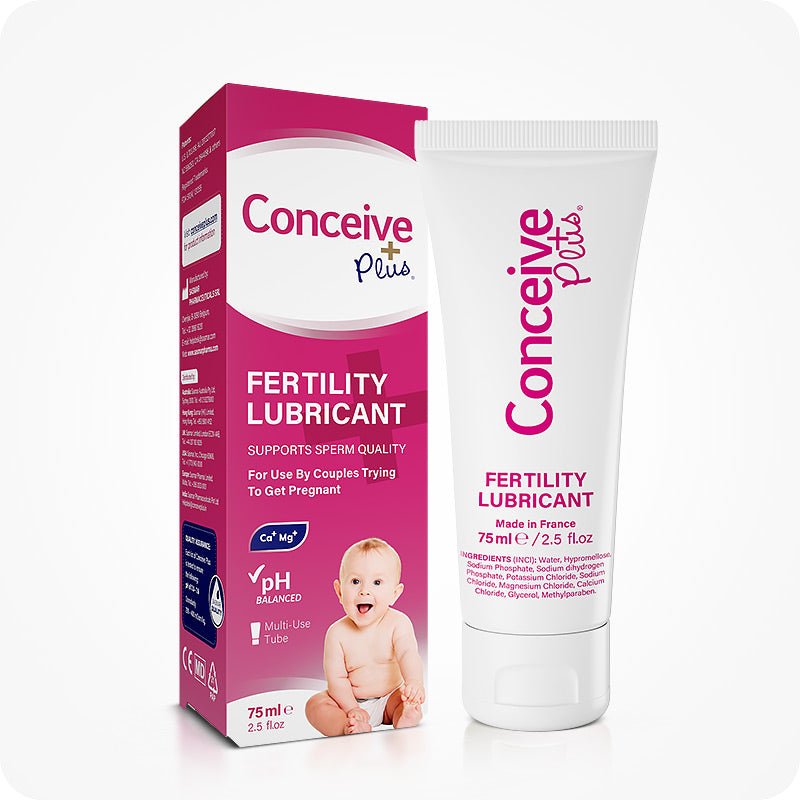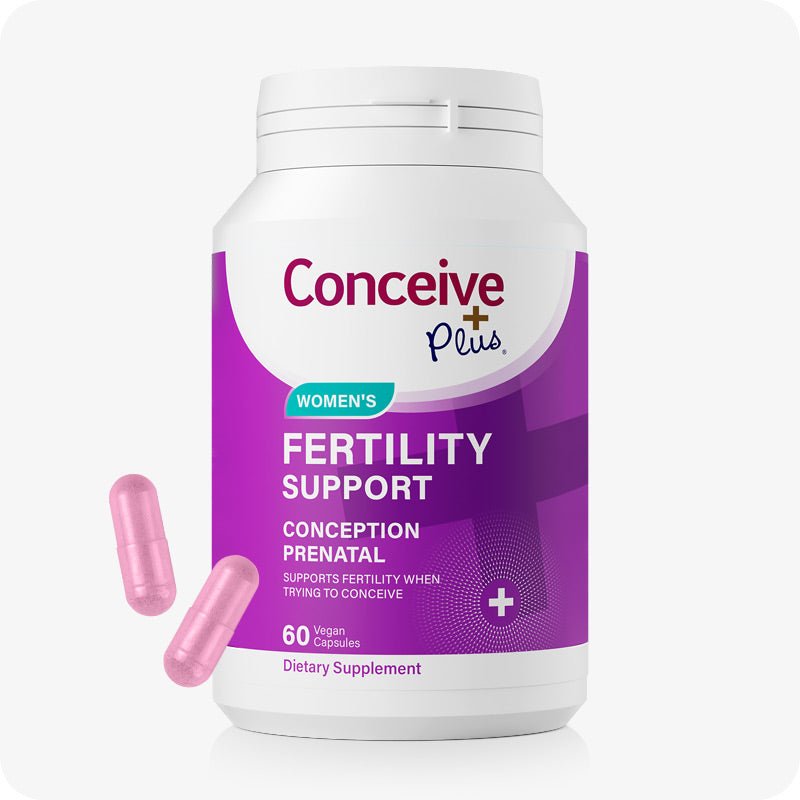Luteal Phase Long: What It Means for Your Cycle

The luteal phase is the last phase of the female reproductive cycle, also called the menstrual cycle. It helps prepare the body for potential pregnancy by releasing hormones like estrogen and progesterone.
An average luteal period is 14 days [1]. But what happens when this period extends beyond the average of 14 days length? This is known as a long luteal phase [2]. It's a condition that can have significant implications for a woman's health and fertility.
In this article, we will explore the causes of the luteal phase long and see how it can impact your fertility health. This article also includes tips to improve the regularity of your menstrual cycle for improved fertility.
Menstrual Cycle Phases Chart
A cycle phases chart or menstrual cycle phases chart helps understand the different changes in a female body that occur during each phase of the cycle [3]. The four major phases of the period phases chart and their important events are:
- Menstrual Phase (Days 1-5): The menstrual phase initiates the female reproductive cycle. It is when the uterine lining that is developed during the previous menstrual cycle starts to shed. In addition to menstrual flow, women experience symptoms like abdominal cramps, headache, and muscle aches [4].
- Follicular Phase (Days 1-13): The follicular phase starts alongside the menstrual phase and continues until around day 13. In this phase, follicular stimulating hormone (FSH) promotes the development of follicles. Follicles are the small structures inside the ovaries that contain an egg.
- Ovulation (Day 14): In the ovulation phase, a surge in luteinizing home (LH) triggers the release of an egg from a mature follicle. Luteinizing phase is a very short-lived phase and lasts for 12 to 24 hours only.
- Luteal Phase (Days 15-28): In the luteal phase, also called the secretory phase, there is an increase in progesterone and estrogen hormone levels that prepare the uterus for upcoming potential pregnancy [2]. If pregnancy doesn't occur, the hormone levels start to drop by the end of the luteal phase, promoting uterine shedding.

If you visualize a menstrual cycle hormone chart, you will be able to understand the hormonal changes across these phases. For example, in the period hormone chart, you can spot estrogen peaks during ovulation, while progesterone dominates the secretory phase.
What is the Luteal Phase?
Women trying to understand their reproductive cycle often ask questions like, what is luteal phase or when is the luteal phase?
The luteal phase is the second half of the menstrual cycle, occurring after ovulation and before menstruation begins. It typically lasts between 10 and 16 days, with an average duration of 14 days [1]. During this period, the body prepares for a potential pregnancy by producing progesterone, a hormone essential for supporting the uterine lining.
This is an explanation on when is luteal phase and what happens during luteal phase:
- Formation of the Corpus Luteum: During ovulation, one of many mature ovarian follicles in an ovary ruptures to release an egg. This ruptured follicle transforms into a temporary structure called the corpus luteum. This structure releases progesterone hormone during the luteal phase of the menstrual cycle [2].
- Secretion of Hormones: Progesterone hormone from the corpus luteum promotes the thickening and vascularization of the uterine lining. Estrogen levels also rise during this time, and it works alongside progesterone to prepare the uterine lining for potential pregnancy [2].
- Disintegration of Corpus Luteum: If fertilization and implantation don't occur, the corpus luteum disintegrates. This leads to a drop in progesterone levels, promoting the shedding of the uterine lining and the beginning of the next cycle.
Luteal Phase Symptoms
Depending on whether you are pregnant or not, the symptoms of the luteal phase can vary. This is because when pregnancy begins, it initiates many physical and hormonal changes in the body. These changes result in a range of symptoms that you can notice to detect pregnancy [5]. The early luteal phase and late luteal phase symptoms also vary.
Luteal Phase Symptoms When Pregnant
If you achieve pregnancy during the luteal period, you may start to experience the following symptoms:
- Mild cramping
- Implantation bleeding
- Fatigue
- Breast tenderness
- Elevated basal body temperature.
Luteal Phase Symptoms When Not Pregnant:
If you are not trying to get pregnant or if you fail to conceive even after trying, you may experience the following symptoms during the luteal period of menstrual cycle:
- Mood swings
- Bloating
- Changes in appetite
- Thick cervical mucus
- Breast tenderness.
- A drop in basal body temperature
Sometimes, the symptoms of early pregnancy and luteal period overlap, and you may not be able to differentiate them. In such a case, it is a good idea to perform a home pregnancy test to get clarity.
Luteal Phase Duration: What is Normal?
On average, the luteal period typically lasts 14 days. A slight variation in this duration can be considered normal, but a constant short or long duration can indicate potential issues. For example:
- An 11 day luteal phase is within the normal range but on the shorter side.
- A luteal phase 10 days or shorter may indicate a luteal phase defect, potentially affecting fertility [6].
- A luteal phase long beyond 18 days may signal hormonal imbalances or other underlying conditions [2].
What Does Luteal Phase Mean for Fertility?
You can understand luteal phase meaning by studying its role in female fertility. A healthy luteal period means proper development of the uterine lining for a potential pregnancy. Tracking changes in luteal phase discharge can provide valuable insights into your fertility health, helping you better understand hormonal patterns and potential issues with your menstrual cycle. If the luteal phase is too short or too long, it can lead to deficiency or oversecretion of hormones like estrogen and progesterone.
Such hormonal imbalance can impact implantation and pregnancy success. This is why it is essential to track the length of different phases of your cycle. Tools like an ovulation calculator and menstrual hormone chart or menstrual phases chart help you understand the pattern of your menstrual cycle and detect any problems.
How Does a Long Luteal Phase Impact Fertility?
The first thing a long luteal phase or secretory phase does is disrupt the regularity of the menstrual cycle. It can delay menstruation and harm the balance of hormones needed for a successful pregnancy.
For example, if the secretory is abnormally long, there is overproduction and release of hormones like estrogen and progesterone during this time. Studies show that excess estrogen can lead to uterine hyperplasia, a condition that impacts fertility and chances of conception [7].
The luteal phase long is often due to hormonal imbalance or health conditions like polycystic ovary syndrome (PCOS). If you experience such irregularities in your cycle, it is recommended to consult a professional. Keep in mind that proper evaluation and treatment can help address these issues and support fertility.
Can You Get Pregnant in the Luteal Phase?
Questions like, can you get pregnant during luteal phase, or can you get pregnant in luteal phase, are common among women who experience irregularities in their cycle.
To answer such a question, you must understand the female fertility window and luteal meaning first. A fertility window is a duration where there is a high chance of egg and sperm fertilization.
If you consider the fact that a female egg can only live for 12 to 24 hours, you will understand that the female fertility window ends on the day of ovulation, just before the luteal period begins [8]. This means there is a lower chance of getting pregnant in the luteal phase.
Management for a Long Luteal Phase
The following treatment options can help you improve your menstrual cycle regularity, including the long luteal phase:
-
Medical Management
Addressing a long luteal phase often starts with medical treatment. Since hormonal imbalance is one of the primary causes of the long luteal phase, hormonal therapy is usually the first step. Hormonal therapies, such as progesterone supplements or other medications, can help regulate the menstrual cycle and balance hormone levels [9].
-
Lifestyle Changes
Lifestyle adjustments are another important aspect of treatment for long secretory phase. Regular exercise improves overall health and supports hormonal stability. Since stress can also contribute to hormonal imbalance, managing stress through techniques like meditation or yoga can help reduce hormonal imbalances [10].
-
Dietary Adjustments
Studies show that a balanced diet rich in essential nutrients can support female reproductive health and menstrual regularity [11]. Including foods high in vitamins and minerals can naturally support hormonal health and improve menstrual regularities. In addition to a balanced diet, you can also get female fertility supplements to fill in the nutritional gaps in your diet.
The Bottom Line
Luteal phase is the second half of the female menstrual cycle when her body prepares for the potential upcoming pregnancy. The average length of luteal phase ranges between12 to 14 days depending on the individual.
Slight variations in the length of luteal phase is possible but when the length exceeds above 18 days, it is called long luteal phase. There can be many causes for luteal phase long but primary one is hormonal imbalance or health conditions like PCOS.
A long secretory phase of the menstrual cycle can harm female fertility and chances of conception. You can improve the duration of secretory phase and maintain overall menstrual regularity through regular checkups for your reproductive health, a balanced diet, and a healthy lifestyle.
FAQs
-
When is your luteal phase?
Your luteal phase begins the day after ovulation, which is around day 15 of your menstrual cycle. It is sandwiched between the ovulation phase of the ongoing cycle and the menstruation phase of the next cycle.
-
Can you get pregnant 4 days after ovulation?
The female egg only lives for 12 hours to 24 hours, which means conception can only occur on the day of ovulation. So, the answer for can you get pregnant in the luteal phase is that you can't get pregnant during this time. However, if you had intercourse before ovulation, you may start to experience symptoms of implantation on day 21 of cycle, which is during the luteal period.
-
What does the estrogen levels ovulation chart represent?
Estrogen levels reach their peak before ovulation and just drop at the time of ovulation. The estrogen level chart can help you spot the different changes in this hormone throughout the cycle.
Resources Used
- Crawford, N. M., Pritchard, D. A., Herring, A. H., & Steiner, A. Z. (2017). Prospective evaluation of luteal phase length and natural fertility. Fertility and Sterility, 107(3), 749–755. https://doi.org/10.1016/j.fertnstert.2016.11.022
- Professional, C. C. M. (2024c, May 1). Luteal phase. Cleveland Clinic. https://my.clevelandclinic.org/health/articles/24417-luteal-phase
- Thiyagarajan, D. K., Basit, H., & Jeanmonod, R. (2024c, September 27). Physiology, menstrual cycle. StatPearls - NCBI Bookshelf. https://www.ncbi.nlm.nih.gov/books/NBK500020/
- What are the symptoms of menstruation? (2017, January 31). https://www.nichd.nih.gov/. https://www.nichd.nih.gov/health/topics/menstruation/conditioninfo/symptoms
- Ertmann, R. K., Nicolaisdottir, D. R., Kragstrup, J., Overbeck, G., Kriegbaum, M., & Siersma, V. (2022b). The predictive value of common symptoms in early pregnancy for complications later in pregnancy and at birth. Acta Obstetricia Et Gynecologica Scandinavica, 102(1), 33–42. https://doi.org/10.1111/aogs.14474
- Diagnosis and treatment of luteal phase deficiency: a committee opinion (2021) - practice guidance. (n.d.). American Society for Reproductive Medicine | ASRM. https://www.asrm.org/practice-guidance/practice-committee-documents/diagnosis-and-treatment-of-luteal-phase-deciency-a-committee-opinion-2021/
- Chandra, V., Kim, J. J., Benbrook, D. M., Dwivedi, A., & Rai, R. (2015). Therapeutic options for management of endometrial hyperplasia. Journal of Gynecologic Oncology, 27(1). https://doi.org/10.3802/jgo.2016.27.e8
- Pregnancy - identifying fertile days: MedlinePlus Medical Encyclopedia. (n.d.). https://medlineplus.gov/ency/article/007015.htm
- What are the common treatments for menstrual irregularities? (2017, January 31). https://www.nichd.nih.gov/. https://www.nichd.nih.gov/health/topics/menstruation/conditioninfo/treatments
- Ranabir, S., & Reetu, K. (2011). Stress and hormones. Indian Journal of Endocrinology and Metabolism, 15(1), 18. https://doi.org/10.4103/2230-8210.77573
- Skoracka, K., Ratajczak, A. E., Rychter, A. M., Dobrowolska, A., & Krela-Kaźmierczak, I. (2021). Female fertility and the nutritional approach: the most essential aspects. Advances in Nutrition, 12(6), 2372–2386. https://doi.org/10.1093/advances/nmab068




